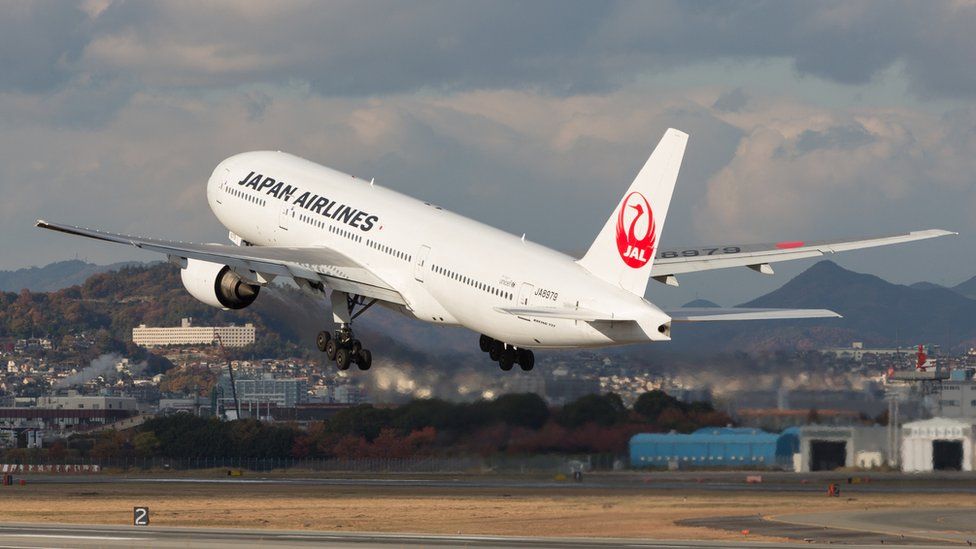LONDON, UK — The polar route to Japan, which was used by airlines and cargo operators from Europe to Tokyo via Alaska, is back as Russia closed its airspace to the most of European countries.

The current fast track route from London to Tokyo, which was taking an 11-hour flight from London to Tokyo, largely flying over Russia, has now been replaced by the 15-hours former Polar route via Scotland’s Outer Hebrides, Iceland, Greenland, Arctic Canada, and Alaska. The flight path goes within 900 miles of the North Pole. On the Pacific Ocean segment between Alaska and Japan, passengers are taken over the International Date Line, “losing” a day en route to the Japanese capital.
The fastest route between London and Tokyo is just under 6,000 miles, and is regularly covered in under 11 hours. But now JAL - the only carrier currently in the route - has decided to avoid Russian airspace, the journey has been extended by at least 1,800 miles and four hours. The normal flight path crosses Scandinavia and then follows the north coast of Russia for around 2,000 miles before turning south and crossing Siberia and the Sea of Japan. It benefits from the prevailing jet stream, enabling it to average almost 550mph.
The fastest route between London and Tokyo is just under 6,000 miles, and is regularly covered in under 11 hours. But now JAL - the only carrier currently in the route - has decided to avoid Russian airspace, the journey has been extended by at least 1,800 miles and four hours. The normal flight path crosses Scandinavia and then follows the north coast of Russia for around 2,000 miles before turning south and crossing Siberia and the Sea of Japan. It benefits from the prevailing jet stream, enabling it to average almost 550mph.
Sunday evening’s flight from London to Tokyo departed two hours behind schedule due to the delayed arrival of the incoming aircraft and touched down nearly six hours late.
Although the journey burns many tons more in fuel and increases wear on the engines, the cost to Japan Airlines is offset by savings in payments for using Russian airspace.
Also Read: Alaska's Anchorage prepares for extra air traffic from airlines bypassing Russian airspace

